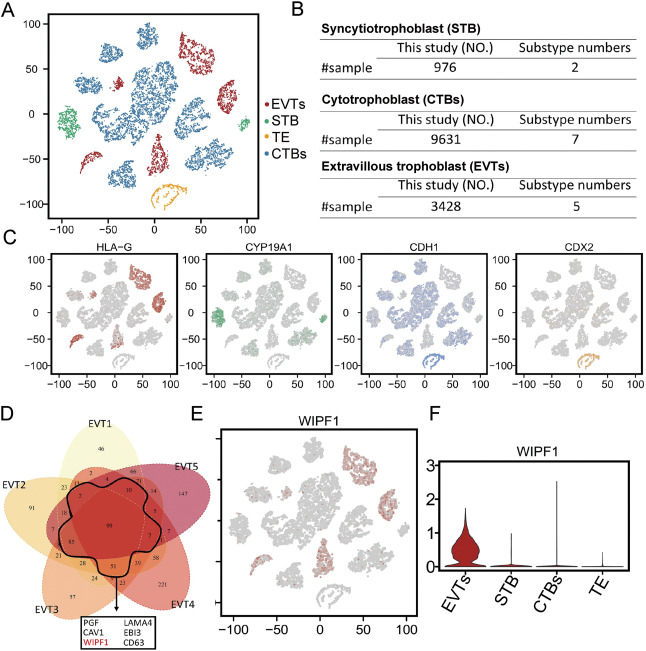
Unraveling the role of the WIPF1/ACTN4 complex in podosome formation of human placental EVTs: Insights into recurrent spontaneous abortion


Successful placental development and pregnancy rely on effective extravillous trophoblast (EVT) invasion. The mechanisms underlying inadequate EVT invasion in recurrent spontaneous abortion (RSA) remain unclear. WAS/WASL interacting protein family member 1 (WIPF1), the key regulator of cytoskeletal dynamics, is exclusively expressed in first-trimester placental EVTs. Knockdown experiments revealed WIPF1's crucial involvement in successful placental development; reduced levels impaired cell migration, while overexpression induced the opposite effects. Moreover, WIPF1 knockdown in hTSC-derived EVTs hampered trophoblast differentiation. WIPF1 interacted with ACTN4 to regulate podosome formation, matrix degradation, and actin polymerization, potentially mediated by its ARG54 site. Notably, WIPF1 was significantly down-regulated in human RSA patient EVTs and RSA mice trophoblast giant cells (CBA/J × DBA/2). This association suggests WIPF1 as a potential key player in RSA pathogenesis. In conclusion, our study spotlights WIPF1 as a pivotal factor in EVT invasion, emphasizing its multifaceted roles and implications in pregnancy complications like RSA.
